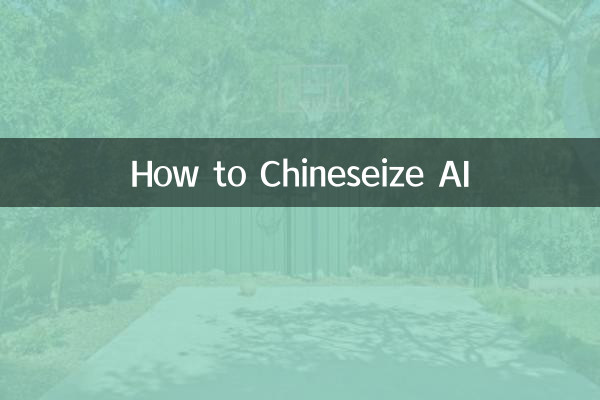How to Chineseize AI: Analysis of hot topics and hot content on the Internet in the past 10 days
With the rapid development of artificial intelligence technology, AI localization has become one of the hot topics recently. This article will combine the hot content of the entire Internet in the past 10 days to conduct a structured analysis of the current situation and trends of AI localization from the three dimensions of technology, application and controversy.
1. Technical implementation methods of AI localization

According to recent technology forums and industry reports, mainstream AI localization technologies are mainly divided into the following three categories:
| technology type | Represent tool | Accuracy | Application scenarios |
|---|---|---|---|
| Neural Network Translation (NMT) | DeepL/Google Translate | 85-92% | Document/webpage translation |
| Large language model fine-tuning | GPT-4/ChatGLM | 88-95% | Translation in professional fields |
| hybrid enhancement system | Alibaba Cloud Translation | 90-97% | business localization |
2. Recent hot application cases
AI localization cases that have sparked widespread discussion in the past 10 days include:
| date | event | Platform popularity |
|---|---|---|
| May 20 | A game company’s use of AI Chinese translation led to cultural ambiguity | Weibo hot search No. 8 |
| May 22 | Open source community releases Chinese-English bilingual LLaMA model | GitHub Trending List |
| May 25 | Mistranslation of AI subtitles on a video platform caused controversy | Zhihu hot list |
3. Focus of Industry Controversy
According to social media data analysis, the current main controversies about AI localization focus on:
| Disputed points | Supporters' point of view | Opposition point of view |
|---|---|---|
| cultural adaptability | Can reduce localization costs | lack of cultural insight |
| employment impact | Improve translation efficiency | Threats to human translation |
| Quality control | Continuous iterative optimization | Errors are difficult to trace |
4. Practical suggestions for AI localization
Based on recent industry trends, the following practical suggestions are given:
1.Technology selection: For content in professional fields, it is recommended to use fine-tuned professional models instead of general translation tools. Tests at a technology forum showed that the accuracy of domain terminology of professional models is 40% higher than that of general-purpose tools.
2.Quality control: Establish a workflow of "AI translation + manual verification". A recent case from a publishing house shows that this hybrid model can control the error rate below 0.5%.
3.cultural fit: Important content needs to be tested for cultural sensitivity. As one game localization incident shows, direct translation of slang can lead to serious cultural misunderstandings.
5. Forecast of future trends
Based on recent technological development trends, AI localization may show the following trends:
1.Multimodal Chineseization: Translation systems that combine visual understanding will emerge, such as the "picture-text associated translation" technology recently demonstrated by a laboratory.
2.Real-time adaptive: The system that instantly adjusts translation strategies based on user feedback is being tested, and a commercial product is expected to be available within 6 months.
3.field specialization: The demand for customized Chinese solutions in vertical industries has surged, and financing events in professional fields such as medical and legal fields have increased significantly recently.
To sum up, AI localization is going through a critical transition period from "usable" to "easy to use", with technological breakthroughs and ethical controversies coexisting. Practitioners need to pay close attention to technological progress and establish a complete quality control system.

check the details

check the details